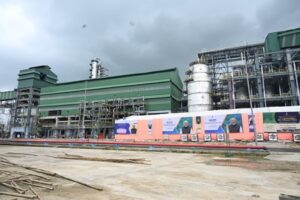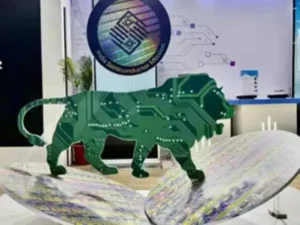Skip to content
India’s First Bamboo-Based Ethanol Plant
Production-Linked Incentive (PLI) Scheme for White Goods
Ebony Forests Collapse Due to Ivory Poaching
India Launches First National Policy on Geothermal Energy
International Centre for Integrated Mountain Development
India’s First Bamboo-Based Ethanol Plant
Global Plastic Pollution Crisis
Erra Matti Dibbalu Added to UNESCO Tentative List
Centre Reopens PLI Scheme for White Goods
Wildlife (Protection) Act, 1972
The Ravi River Returns to Lahore: Geopolitical & Environmental Significance
Great Nicobar Project Clearance Confusion
India’s Blue Revolution Transforms Fisheries Sector
Centre Approves Tiger Translocation to Sahyadri Tiger Reserve
India’s Solar Energy Indigenisation Push
Forest conservation : Trees Have Their Own Network to Preserve Life
Great Nicobar Mega Project: An Ecological and Tribal Crisis
On the move with green hydrogen
Microatolls as Natural Indicators of Sea-Level Rise
All of India Breathes Bad Air – AQLI 2025 Report
























